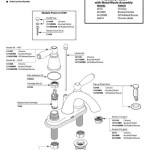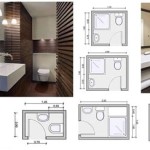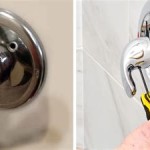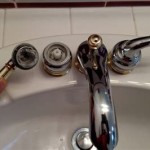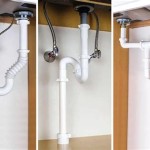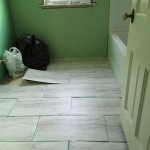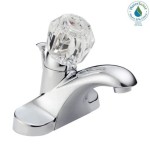Have Low Water Pressure In Bathroom Sink? Here's What to Do
A weak stream of water from your bathroom sink can be a frustrating experience, especially when you need to wash your hands or brush your teeth. Low water pressure in a bathroom sink can be caused by a variety of factors, from simple clogs to more complex plumbing issues. Diagnosing the problem correctly is crucial to finding an effective solution. This article will discuss the most common causes of low water pressure in a bathroom sink, provide tips on how to troubleshoot the issue, and outline when professional help might be necessary.
1. Check For Clogs
The most common cause of low water pressure in a bathroom sink is a clog. Clogs can occur in the drain pipe, the faucet aerator, or even in the supply line. The first step in troubleshooting low water pressure is to check for any obvious blockages.
To check for clogs in the drain pipe, remove the drain stopper and look for any debris that may be obstructing the flow of water. Use a drain snake or a plunger to remove any clogs. If the drain pipe is clear, check the faucet aerator. The aerator is the small, threaded piece at the end of the faucet spout. Unscrew the aerator and remove any debris or mineral deposits.
If the drain pipe and aerator are clean, the clog might be in the supply line. The supply line is the pipe that carries water to the faucet. To check the supply line, turn off the water to the sink and disconnect the supply line from the faucet. Inspect the supply line for any kinks or blockages. If you find any, try to straighten the line or remove the obstruction.
2. Inspect The Faucet
If there are no clogs, the problem may be with the faucet itself. Faucets have internal components such as washers, cartridges, or ball bearings that can wear down over time. These components may prevent the faucet from opening fully, resulting in low water pressure.
To inspect the faucet, turn off the water supply to the sink and remove the handle. Some faucets have a cartridge, while others have a ball bearing assembly. Examine these parts for any signs of wear or damage. If you find any, replace the worn-out components with new ones. If you are comfortable with basic plumbing work, you can replace these parts yourself, but it is always recommended to consult a professional plumber for a complex issue.
3. Consider Water Pressure Issues Within The Whole System
If the issue is not isolated to the bathroom sink, the problem may be related to lower water pressure in the entire plumbing system. Here are some factors that could affect the overall water pressure:
*
Low Water Pressure From Your Water Company:
Contact your local water company to check if they are experiencing any issues that could be affecting the water pressure in your neighborhood. *Leaking Pipes:
Leaks in your plumbing system can cause a reduction in water pressure. Examine your pipes for any signs of leaks, such as dripping, damp spots, or rusty stains. *Obstructed Water Main:
A buildup of sediment or debris in the main water line can reduce water flow to your home. This usually requires professional attention. *Water Heater Problems:
A faulty water heater can result in lower water pressure.4. Contact A Professional Plumber
If you have checked for clogs, inspected the faucet, and considered overall water pressure issues, and still have low water pressure, it is time to call a professional plumber. A plumber can diagnose the problem and provide an effective solution.
Some reasons you may need the help of a plumber:
*
Corrosion or Mineral Deposits:
If the problem is due to corrosion or mineral deposits in the pipes, a plumber can flush the pipes or even replace them. *Damaged Pipes:
Cracked or leaking pipes can cause low water pressure. A plumber can repair or replace damaged pipes. *Incorrectly Sized Pipes:
If the pipes leading to the bathroom sink are too small, this can result in low water pressure. A plumber can install larger pipes to improve the flow of water.By understanding the common causes of low water pressure in a bathroom sink and taking some basic troubleshooting steps, you can often fix the problem yourself. However, if the issue persists or you are unsure how to proceed, it is always best to contact a qualified plumber for assistance.

4 Common Reasons Your Bathroom Water Pressure Is Low Reichelt Plumbing

Faucet Has Low Water Pressure After Repair Fix

Low Water Pressure In The House Causes And Solutions Forbes Home

How To Fix Low Water Pressure In Faucet

Why Is My Bathroom Sink Water Pressure Low Hometalk

How To Increase Bathroom Water Pressure

How To Fix Low Water Pressure In A Faucet
7 Reasons Why Your Kitchen Sink Water Pressure Is Low Lee S Air

Low Water Pressure In The House What Causes It And How To Fix

Why Is Water Pressure Low In My Bathroom Homecure Plumbers
Related Posts
